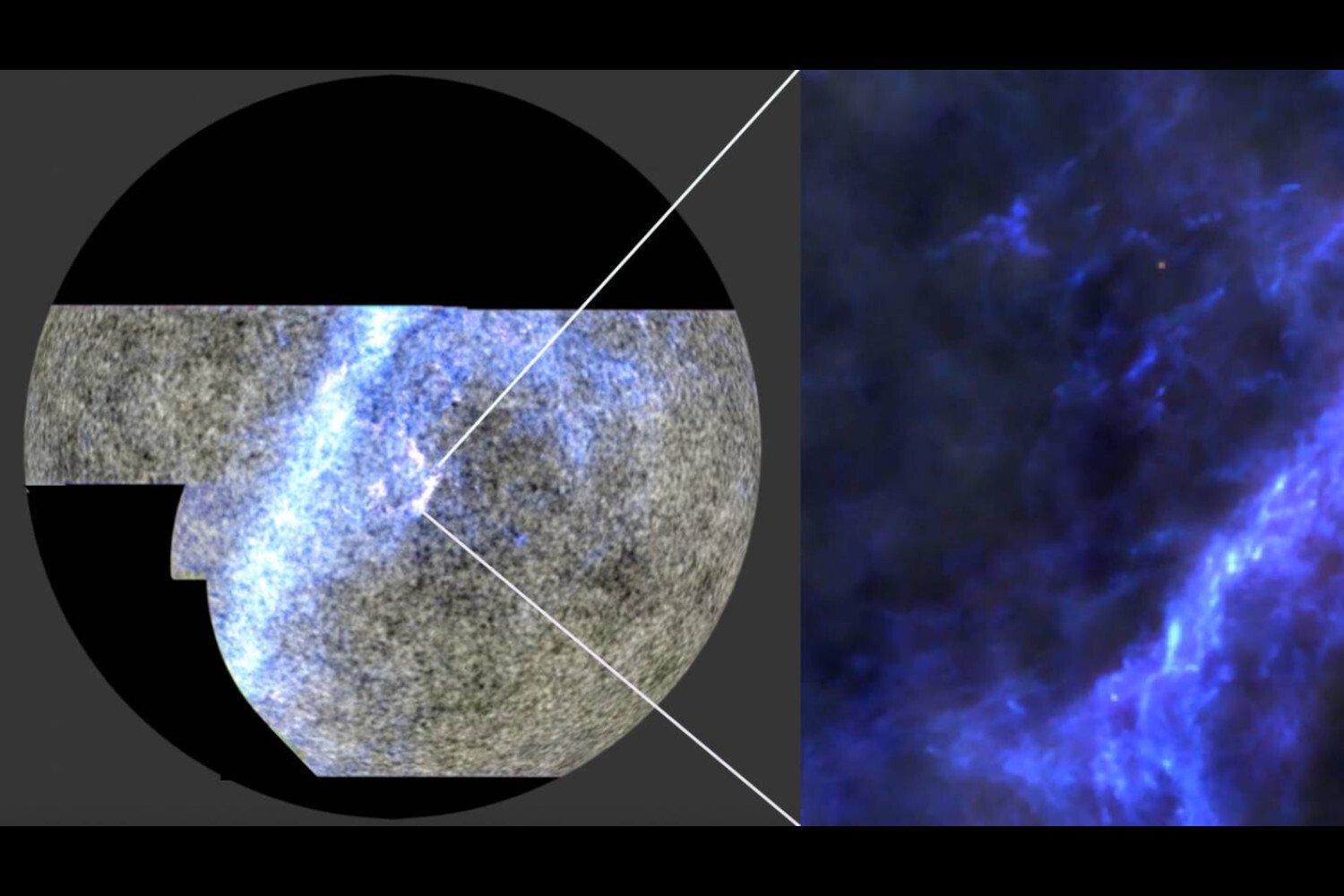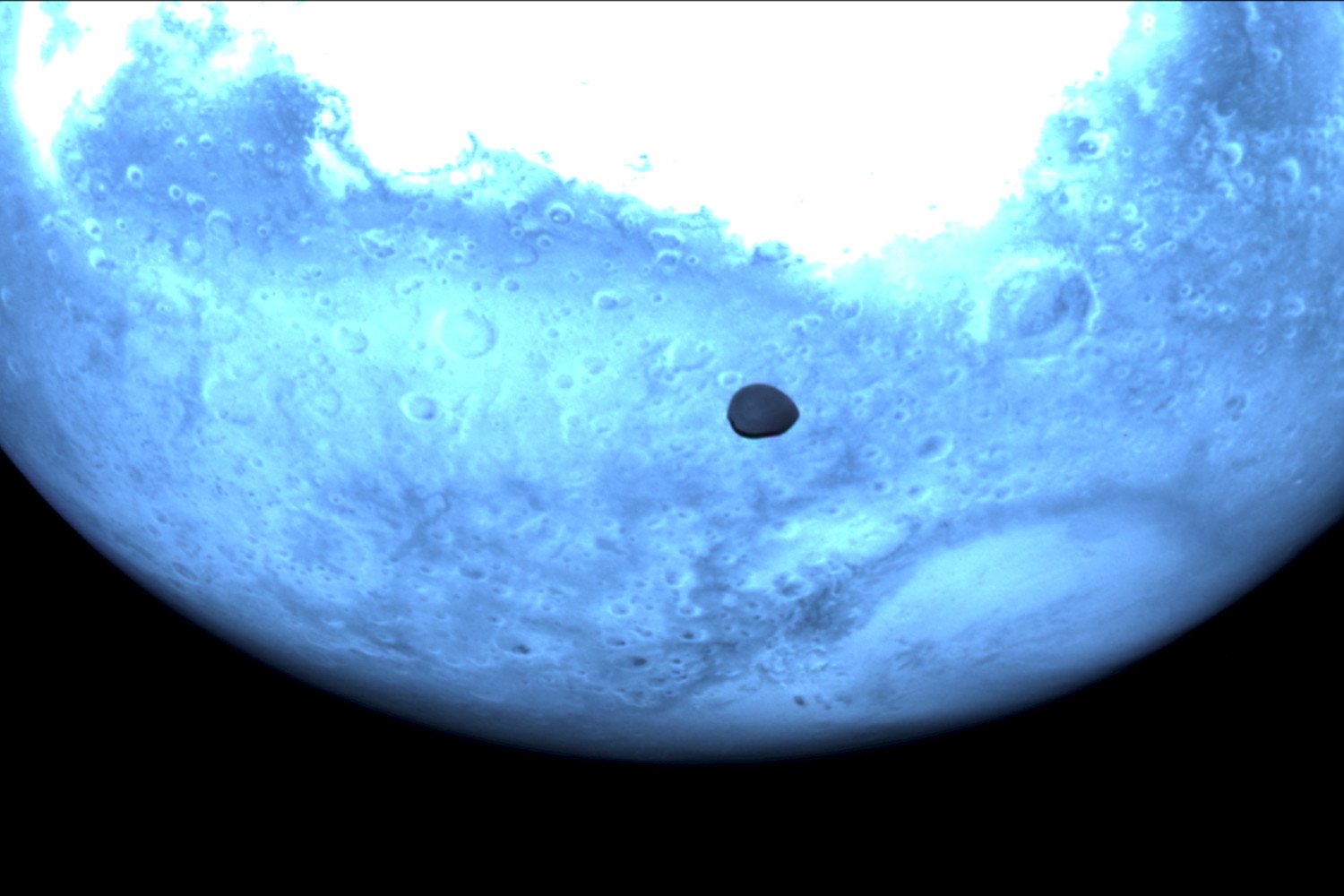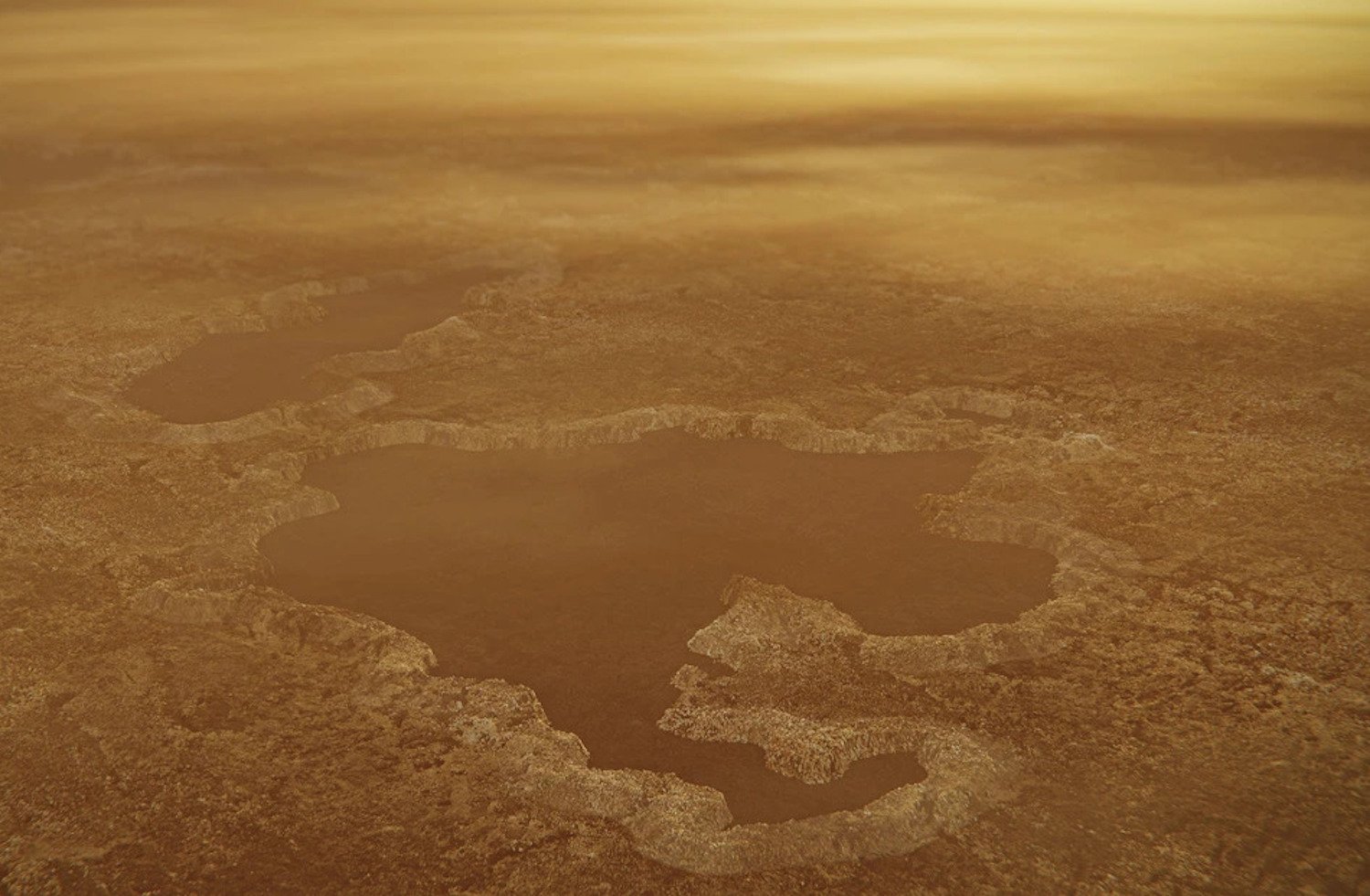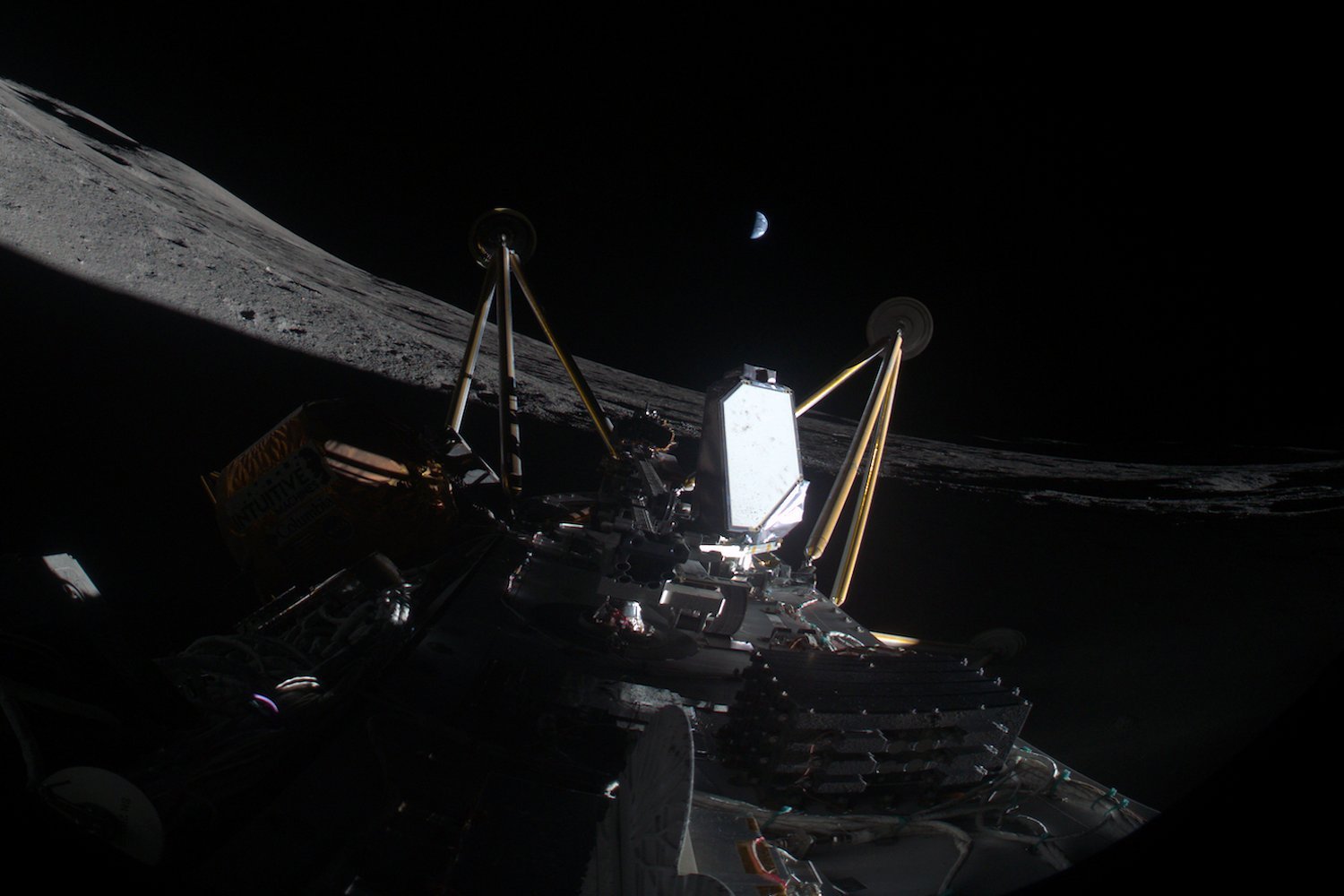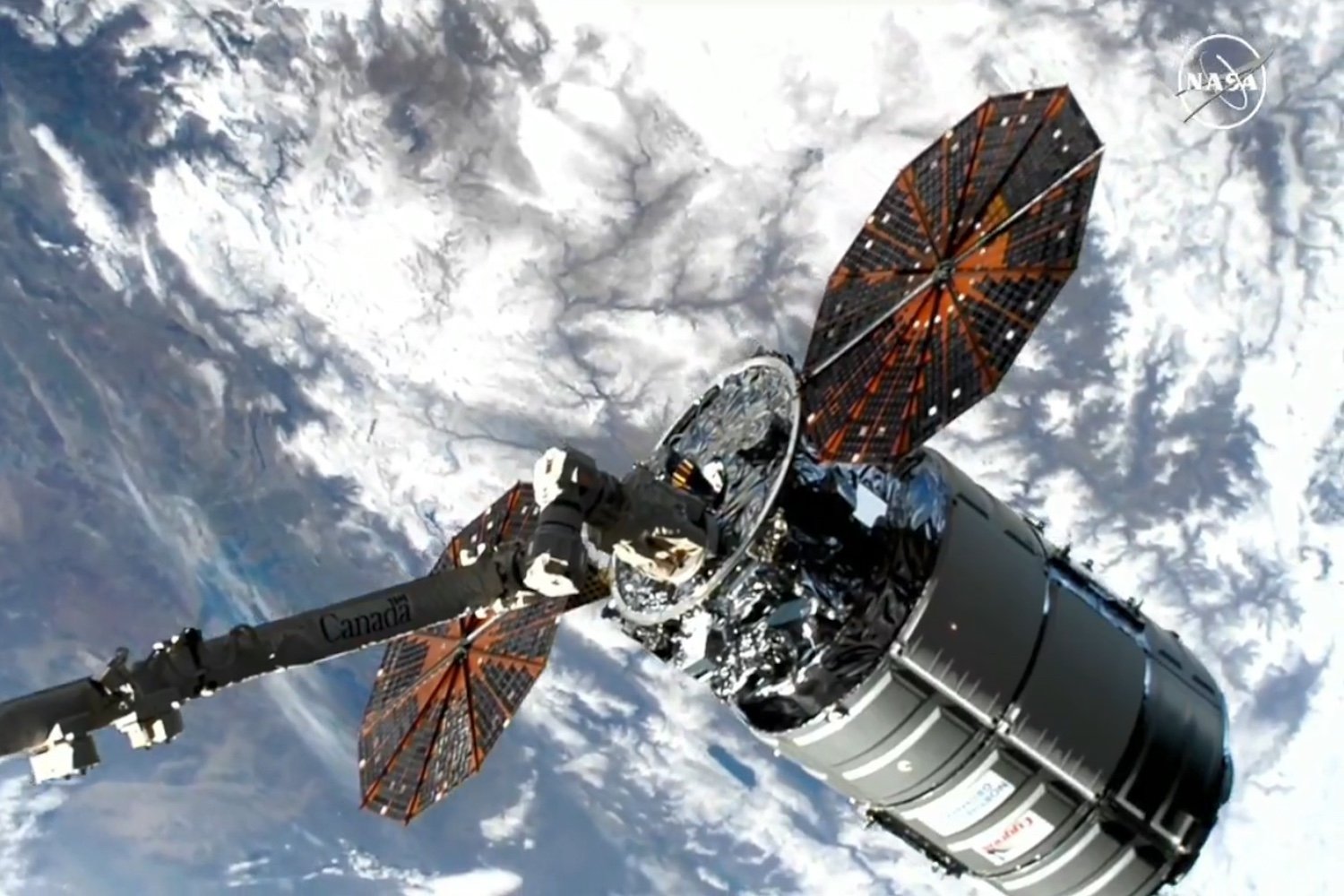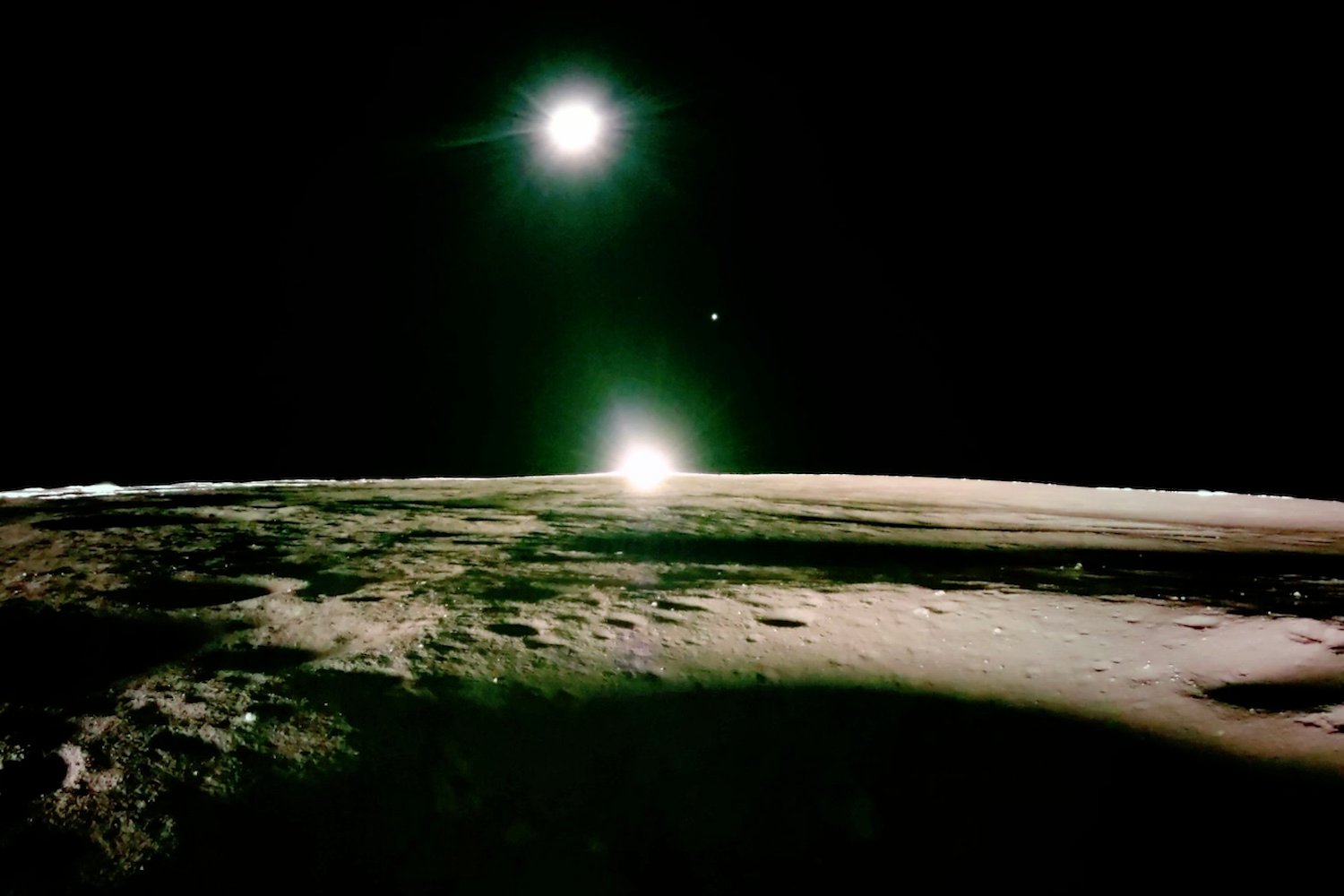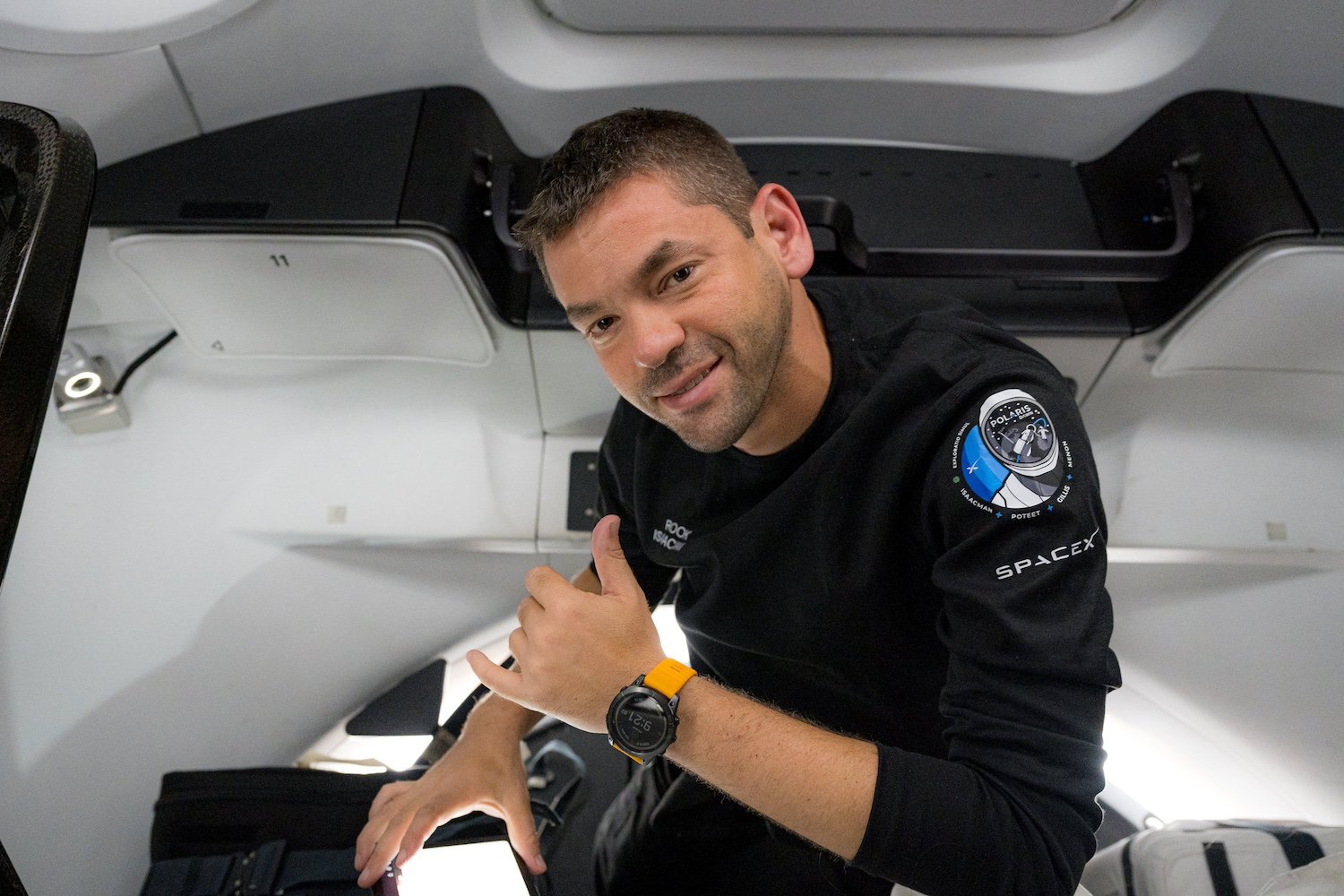The universe, now a vast expanse spanning 93 billion light-years and teeming with trillions of galaxies and stars, had humble beginnings. It started as a hot, dense soup of particles, gradually expanding and cooling over billions of years. The Atacama Cosmology Telescope (ACT) in Chile has provided us with the clearest images yet of this nascent universe, capturing the faint afterglow of the Big Bang and offering a glimpse into the material that would eventually coalesce into the first stars and galaxies.
These groundbreaking images, presented at a meeting of the American Physical Society, depict the universe at a mere 380,000 years old. Considering the universe’s current age of 13.8 billion years, this ancient light has journeyed for over 13 billion years to reach us.
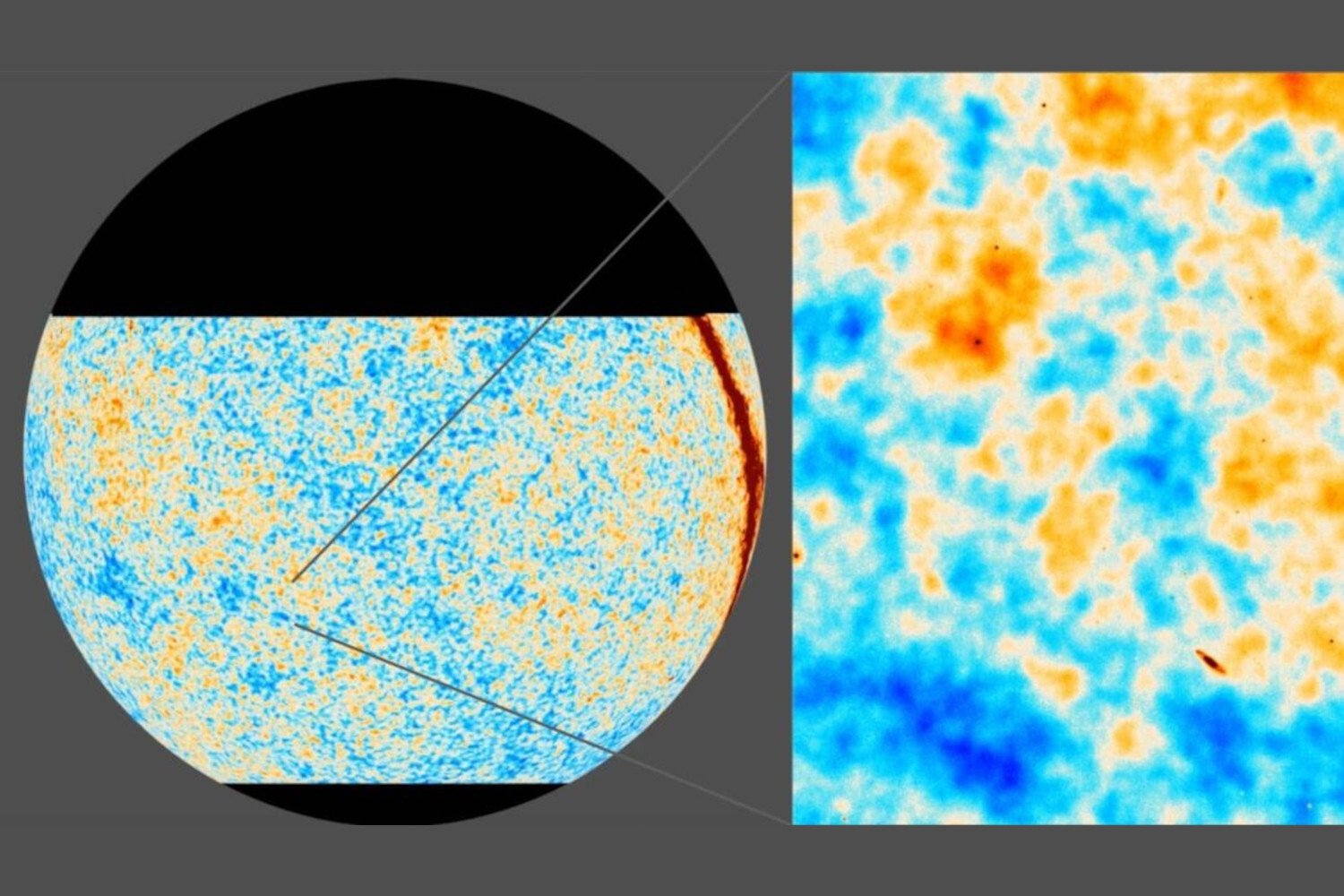 The cosmic microwave background as captured by ACT.
The cosmic microwave background as captured by ACT.
“By observing this early epoch, a time of relative simplicity, we can reconstruct the narrative of the universe’s evolution into the complex structure we observe today,” explained Jo Dunkley, Princeton University physics professor and ACT analysis leader.
This represents the earliest period we can directly observe. Before this point, the universe was opaque due to the constant scattering of light by free electrons. It wasn’t until 380,000 years after the Big Bang that particles combined, allowing light to travel freely and ending the cosmic dark ages.
Unraveling the Cosmic Microwave Background
This relic of the universe’s first light is known as the cosmic microwave background (CMB) – the faint afterglow of the Big Bang. The CMB holds crucial clues about the universe’s past and future, allowing astronomers to probe its origins and evolution.
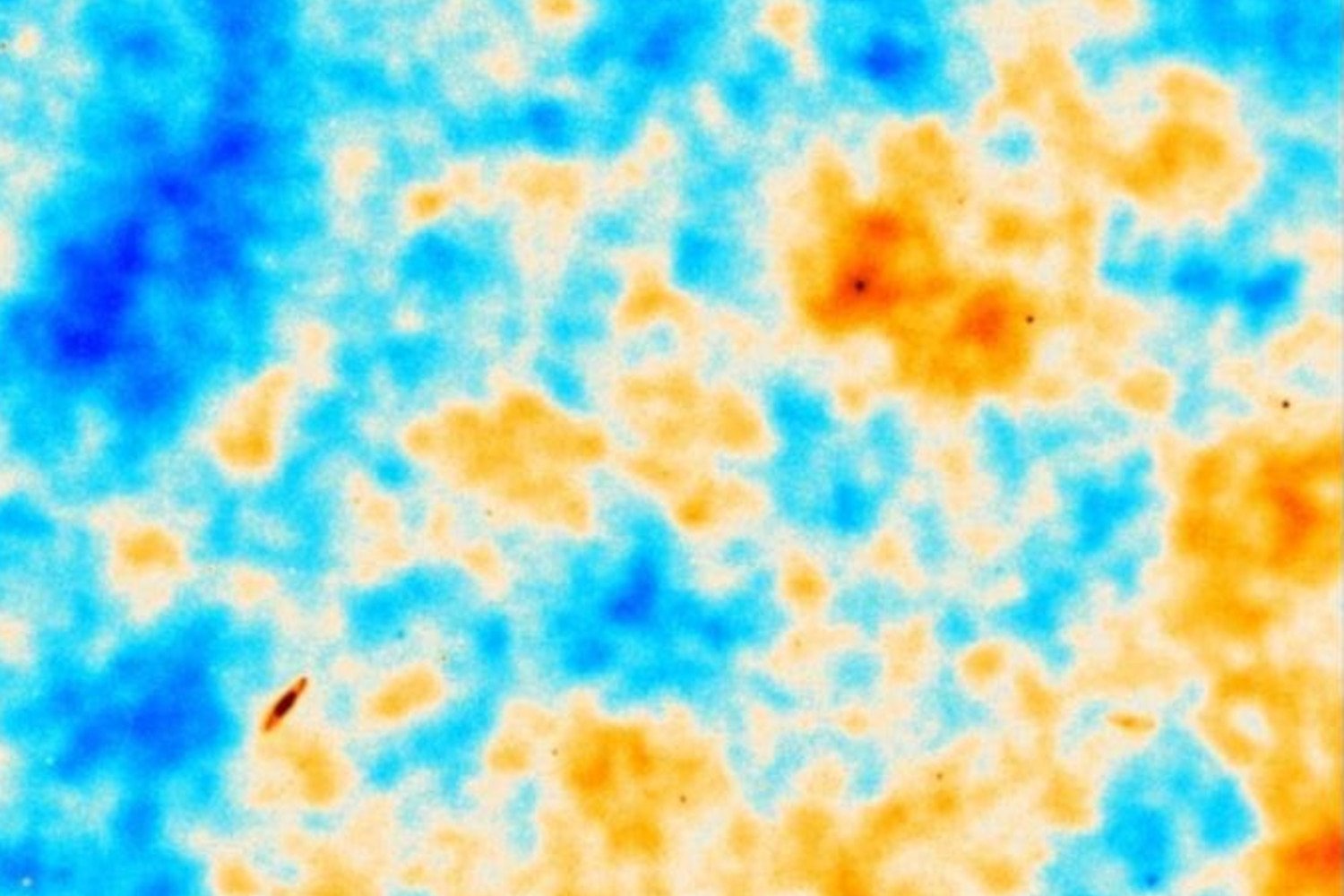 Detailed view of the cosmic microwave background. The blue and orange colors represent variations in intensity and polarization.
Detailed view of the cosmic microwave background. The blue and orange colors represent variations in intensity and polarization.
After 15 years of observation from its Chilean perch, ACT has measured the CMB’s intensity and polarization with unprecedented precision. This allows scientists to estimate the temperature, density, and velocity of the primordial material, providing insight into the conditions that preceded the formation of stars and galaxies.
The polarization data reveals the intricate movements of hydrogen and helium during this early epoch. “We are witnessing the initial stages of star and galaxy formation,” stated Suzanne Staggs, ACT director and Princeton physics professor. “We’re not just seeing light and dark; we’re observing the polarization of light in high resolution. This polarization, like using tides to infer the presence of the moon, reveals the strength of gravity in different regions of space.”
Confirming Cosmic Constants
These images provide valuable insights into the universe’s origin story. The ACT measurements confirm the universe’s age at 13.8 billion years with remarkable accuracy, with an uncertainty of just 0.1%. “A younger universe would require faster expansion to reach its current size, and the observed images would appear to originate from a closer distance,” explained Mark Devlin, University of Pennsylvania astronomy professor and ACT deputy director.
The team also refined the measurement of the observable universe’s extent to approximately 50 billion light-years in all directions and estimated its mass to be equivalent to 1,900 zetta-suns, or almost two trillion trillion Suns.
Rather than revolutionizing our understanding, these findings reinforce the existing cosmological model. “Our standard model of cosmology has passed its most rigorous tests yet,” said David Spergel, Princeton astronomy professor. “We’ve probed it extensively for new physics and found no evidence of deviations.”



